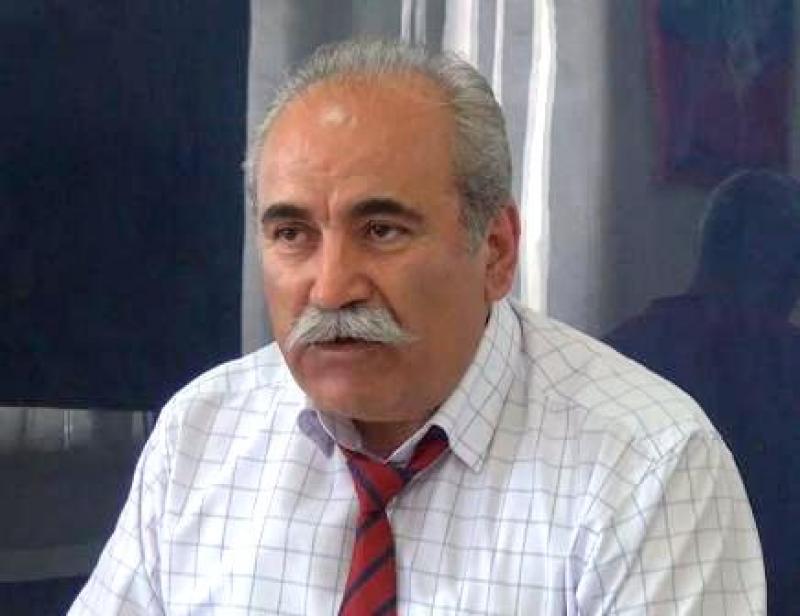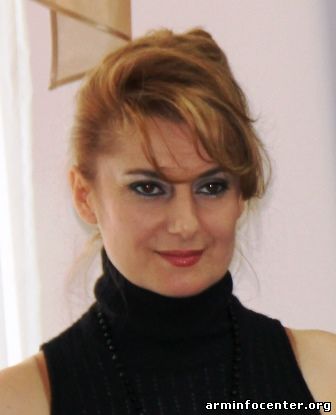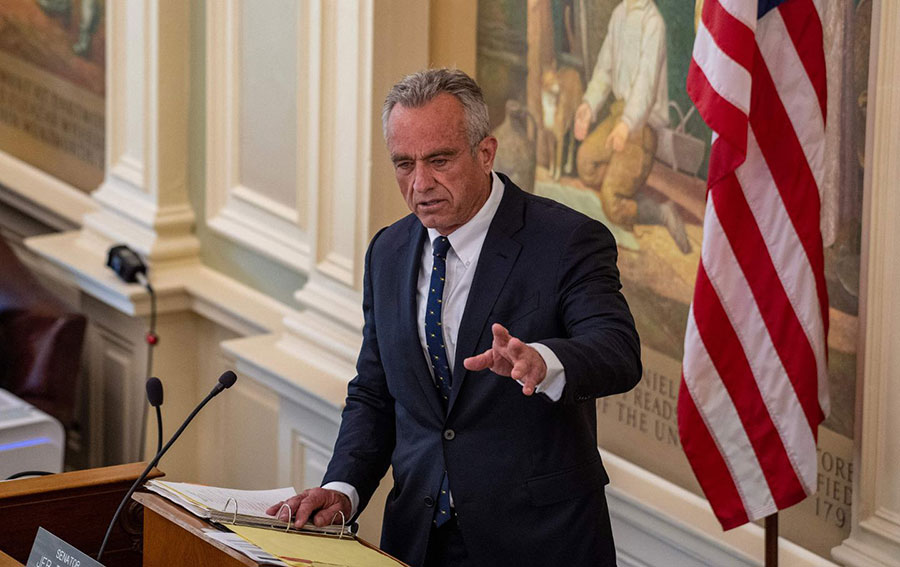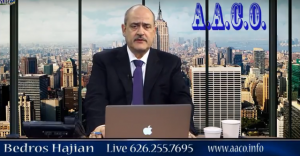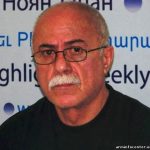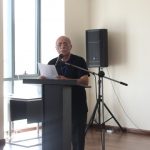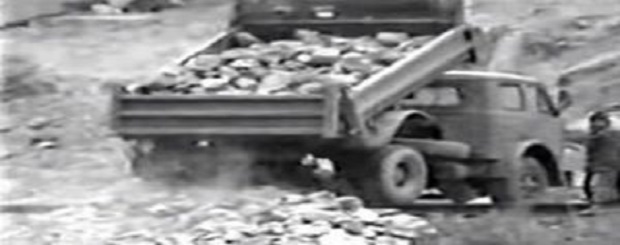
November 28, 2017 Vigen Avetisyan News, People
Scottish scientist Stephen Sim described the unpleasant experience of his visit to Nakhichevan, the historical Armenian territory now occupied by Azerbaijan.
Since Sim’s accusatory report of 2006 was not adequately covered in the international media, in this article, Harut Sasunyan presented some important points from the Scottish scientist’s report.
Sim said that he arrived in Nakhchivan by car across the Turkish border and moved to the village of Abrakunis located in the valley of Ernjak. When he asked a local boy where the village church was located, the boy pointed to an empty piece of land.
Sim then visited the Bananiyar village known to Armenians as Aparank. According to him, up until the 1970s, “there were the ruins of a large medieval church in the center of the village. Now, a mosque stands here instead of the church.”
In Norashen, near the north-western outskirts of the village, there once were two Armenian churches and cemeteries. Sim did not find any traces of both the church and the cemetery there.
On his way to Julfa on the third day, Sim noticed the ruins of the Jugha cemetery. He saw “three ridges covered with stone slabs, and a hill. All the tombstones were turned upside down.”
In Ordubad, Sim underwent a police interrogation for the purpose of his visit. His personal items were also searched. Then, he was sent to the Nakhchivan city.
Sim’s next stop was Shurut, which “was a small Armenian city with churches, schools, monasteries, libraries, and a population of several tens of thousands in the late Middle Ages.”
There were no more traces of the local Armenian church in the neighborhood of the village of Krna. The same situation was in the village of Gakh. Besides, Sim asked several passers-by about the church in the village of Shurut and discovered that it had been destroyed.
As soon as Sim left Shurut, the taxi driver told Sim that the villagers had called the police of Julfa, and that law enforcement officers were probably waiting for him somewhere ahead.
Indeed, the police have been waiting for Sim.
“The policeman got into the taxi and asked if I had a topographic map and an ethnographic book,” the Scottish researcher said. Upon receiving a negative answer, the policeman quickly searched his bag.
In Julfa, Sim was stopped near a police station, where his bag was searched again. “They pulled out all the items and carefully inspected them while looking for hidden pockets in the bag. It lasted 15 minutes in silence.”
For some time, Sim stayed in the hall of the police station, after which he was taken to a garden behind the hotel of the city of Araz. Eventually, the policemen let Sim go.
Sim was asked about his job: how much he earned, who sponsored his visit to Nakhichevan, and why he spent his own money on the trip. The police scrupulously checked the records of Sim as well as all the photographs on his digital camera. A photo taken in the city of Nakhijevan grabbed their attention especially.
“It was a stone tile, which I saw in the garden in front of the tomb of Momin Khatun. It was surrounded by capital-like stone tombstones. One of those had a cross cut in it.”
Azerbaijani officials told him that that was not a cross. Sim replied that he had read about the church in an Armenian book. They angrily replied, “This is not true. These are lies. You see, Armenians always deceive, they deceive everyone.”
They also noted that “in Nakhchivan, there has never been a single Armenian church. No Armenian has ever lived here, so where would the churches come from?” The Azerbaijanis also said, “We think that you came to Azerbaijan with unkind intentions.”
Sim remarked that the unpleasant impressions of the visit to Nakhchivan “in a certain sense made the attitude of Azerbaijanis to Armenians and to everything Armenian clear”. The report shows why it is impossible for Armenians in Artsakh to live under the yoke of the Azerbaijanis.
If the Azerbaijanis show such attitude towards Scottish travelers, then imagine how much worse the Azerbaijanis had treated the Armenians living in Artsakh before its liberation.
Destruction of the Armenian cemetary, Jougha, part I
Destruction of the Armenian cemetary, Jougha, part II
Destruction of the Armenian cemetary, Jougha, part III
allinnet.info/news/scottish-scientist-stephen-sim-describing-his-trip-to-nakhichevan/



